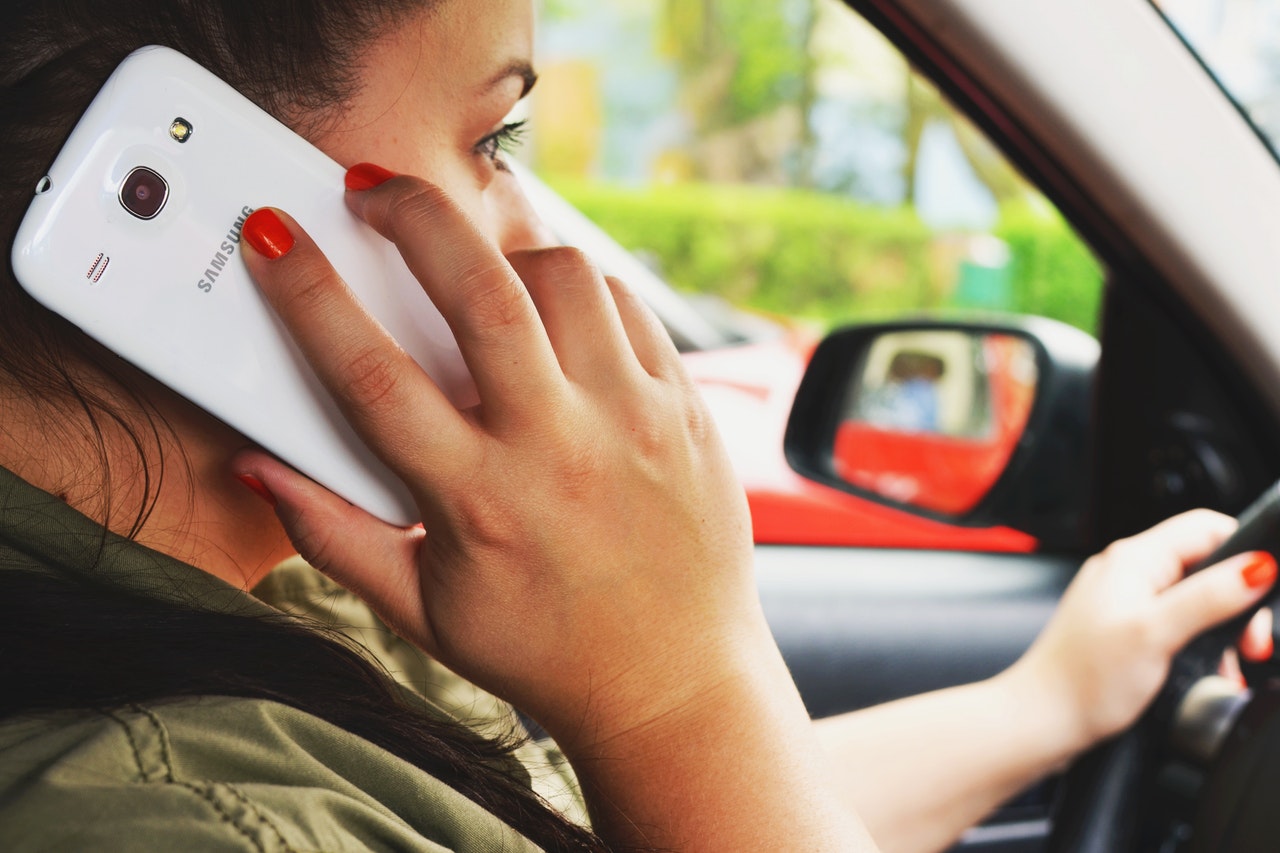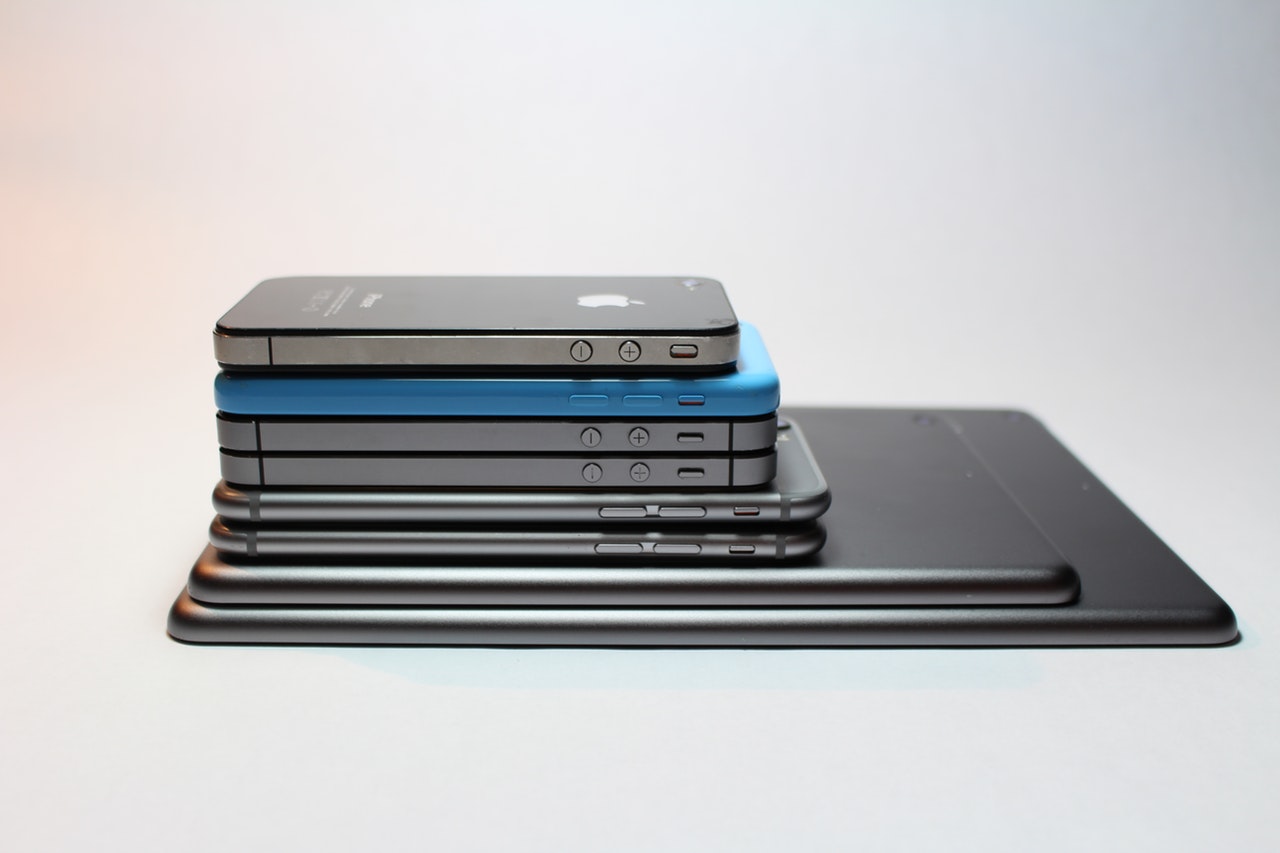Nomophobia: Scary Facts About Smartphone Addiction
Are you addicted to your smartphone?
Have you ever left the house without your phone and you had to turn around and go back for it? Has your phone ever died while you were at an event and you felt panicked or helpless? Do you keep your phone powered on all night, usually on your bed or within arm’s reach? If you answered yes to any of these questions, you’re probably addicted to your smartphone.

What’s the diagnosis, doc?
This fear of being without your mobile phone is so common in modern life that it has an official name: “nomophobia.” The word is broken down like this: no-mo(bile phone)-phobia.
Warning signs of smartphone addiction
Common warning signs that you are addicted to your smartphone include:
- Having a hard time completing tasks without checking your phone
- Sneaking off to check your messages, apps, or social media
- Bringing your smartphone wherever you go, even to the bedroom, bathroom, or shower
So what if I am addicted? What’s wrong with that?
At first glance nomophobia may not seem to be such a big deal or have any major impacts on our lives. However, with smartphones being such a substantial part of our daily lives, the impacts resonate much deeper than initially expected. Many people use smartphones as a crutch to avoid certain social situations like riding an elevator, sitting in waiting rooms, riding public transportation, or even at social events like a dinner or party. Although the smartphone may seem to temporarily solve the problem of awkwardness, it can actually have negative impacts like increased feelings of stress, anxiety, depression, or even loneliness.

Smartphones make it easy to foster virtual relationships with distant friends and family. At what point do these online relationships outweigh those that are physically present? One addiction feeds another when people use their smartphone to fuel other convulsive habits: shopping, gambling, playing games, social media, or gossip.
All of these behaviors can have lasting symptoms like increased loneliness, depression, anxiety, increased stress, exacerbation of attention deficit disorders, and even encouraging self-centeredness. A decade ago the average human attention span was about 12 seconds, compared to that of a goldfish with nine seconds of attention span. However, due to the increasing need for instant gratification and the rise of the smartphone addiction, recent Microsoft research suggests that has dropped to about eight seconds.
You’re not alone
According to the PEW Research Center, 77% of Americans own a smartphone. Common Sense Media’s study shows that 50% of teens feel that they’re addicted to their smartphone. According to a study by Jumio, 72% of participants reported being within at least five feet of their smartphones the majority of the time.

Is it possible to get rid of, or at least reduce, this addiction?
The rise of wireless technology makes it easy to use your phone any time any place; which also makes breaking a smartphone addiction even tougher. The average American spends about 3.5 hours on their smartphone per day. If you’re cutting back, what are ways you can fill that 3.5 hour void?
- Set usage goals: Put a strict limit of how many hours per day or what times of day you can spend on your smartphone. Apps like Moment and BreakFree track the time you spend on your smartphone and help you set reasonable usage reduction goals to break those addictions.
- Phone stack: Whenever you’re out with friends or spending time with people, put all of your phones in the center of the table, face-down on top of each other. This reduces the distraction for everyone and creates richer conversation.
- Join a support group: Meeting in person for a support group not only gets you away from your screen, but allows you to work through the addiction with others facing the same problem. Internet & Tech Addiction Anonymous (ITAA) or On-Line Gamers Anonymous are two organizations that offer in-person support sessions. Be leery of online support groups, since that can allow for rationalization of time spent online.

Cutting out smartphone usage cold turkey simply won’t work. Try to recognize the events that cause you to look at your phone the most (boredom or avoiding social situations) and find alternative methods of coping. Build up those non-tech coping methods so you can rely on those, rather than your smartphone. It’s tough cutting out an addiction on your own, so recruit the help of family and friends. Strengthen your support network by setting up more in person, phone-free times to hang out.
Have you tried any of these techniques for cutting back on your smartphone usage? Let us know your favorites on Facebook and Twitter @MediaG. Or, try leaving your phone home on purpose and come visit us IRL (in real life)!


.png)
